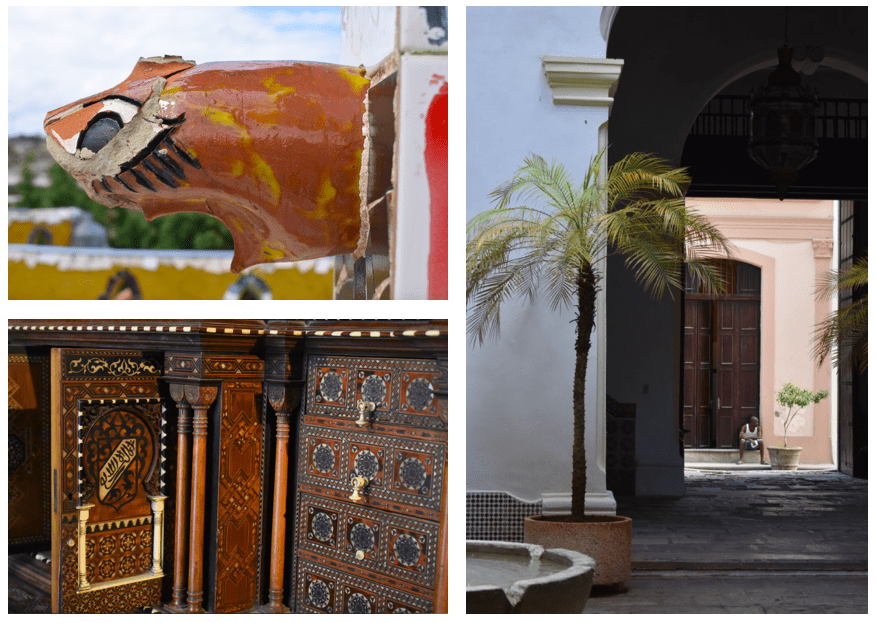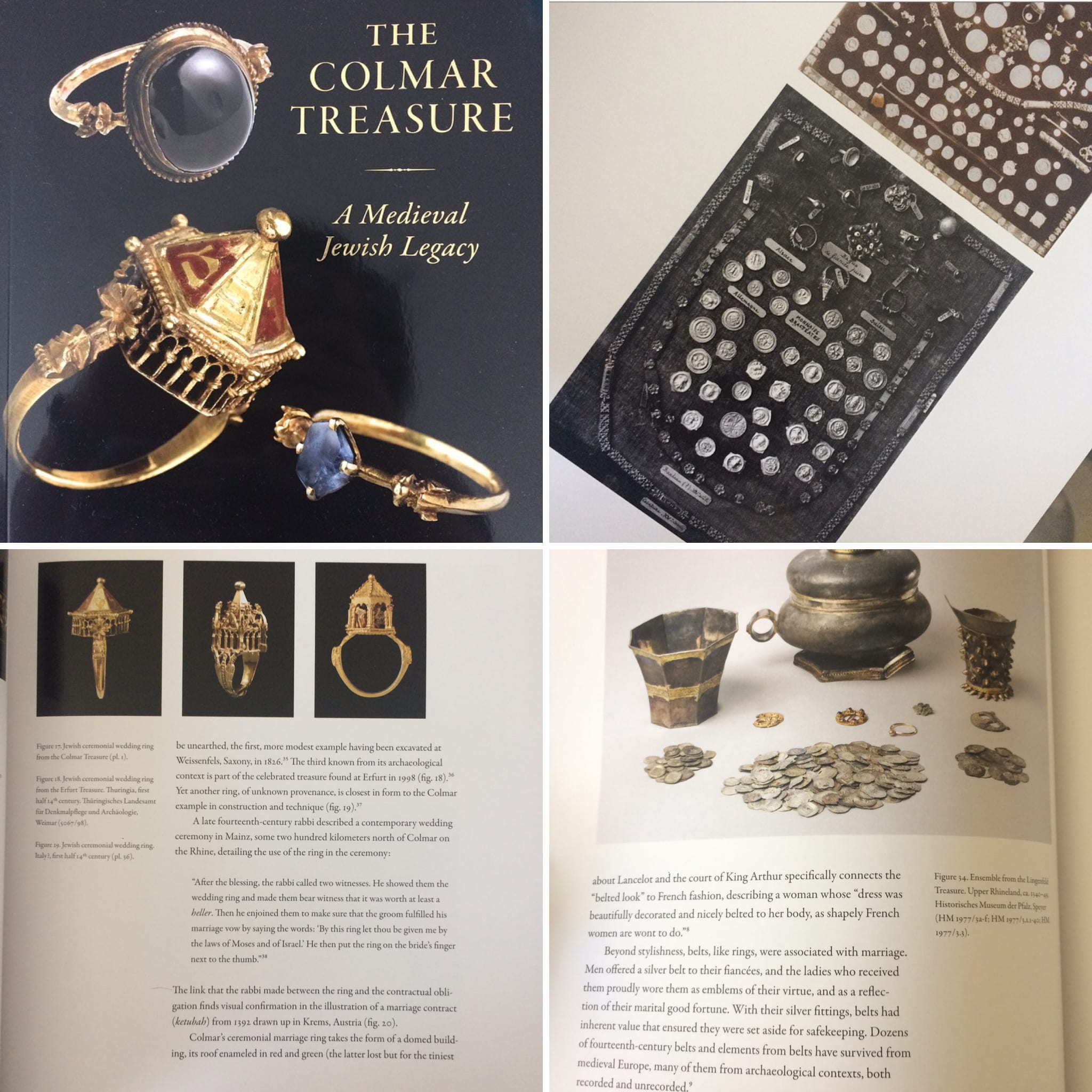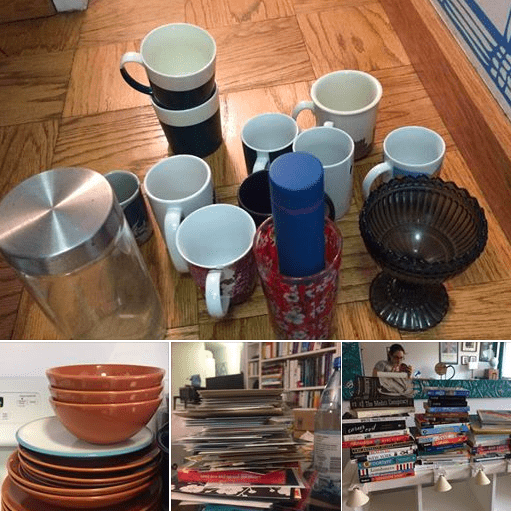
I don’t love the framework of “meeting of cultures” because I think that it frequently obscures the organic, syncretic nature of culture by trying to break it down into component parts, as if they were separable and had met at one point. The closest I could come was some images from the museum of Arab art in Havana, including the most spectacular late-seventeeth-century neo-moresque cabinet I have ever seen in my life. Cuba is the site of that legend about Columbus’ Arabic-speaking translator — because any civilized society would be made up of Arabic speakers —meeting the Taino chief, the cubanacán, and thinking that he had definitely met the right person — the Cuban Khan. And now, this Spanish cabinet inlaid with the motto of the Nasrid kingdom of Granada, vanquished by Columbus’ patrons in the same watershed year he set out, has become a part of the collection of the Arab art museum in Havana, supported by the Turkish government in what is perhaps another attempt at a meeting of cultures and the assertion of imperial power in the Caribbean.


